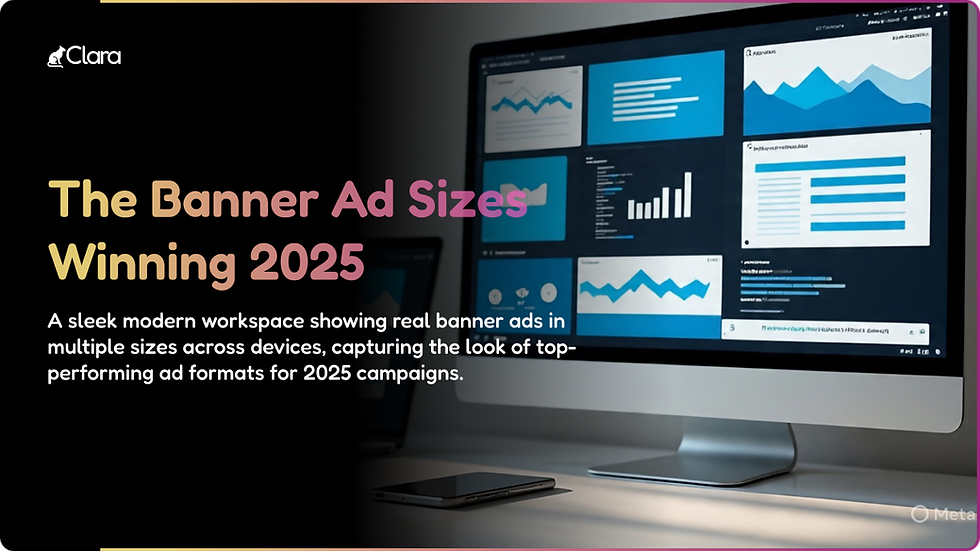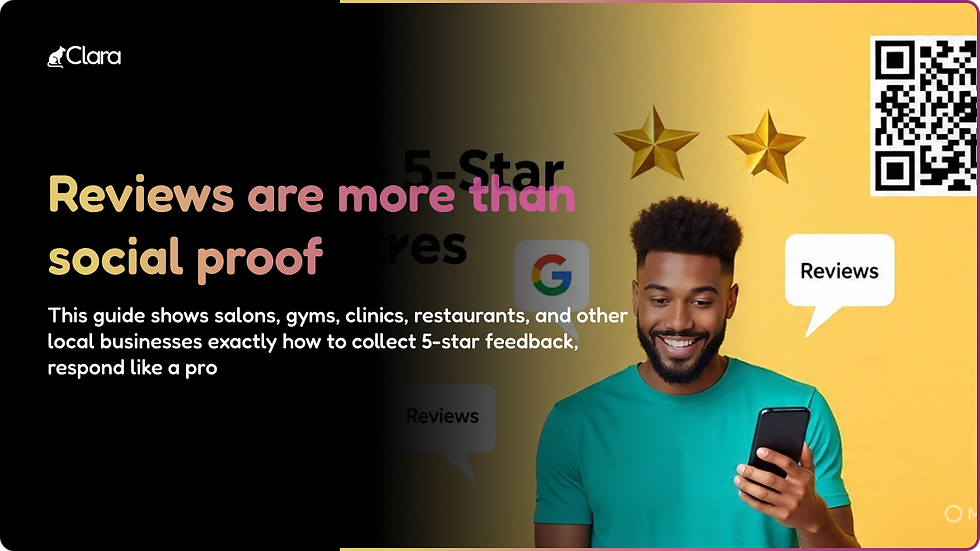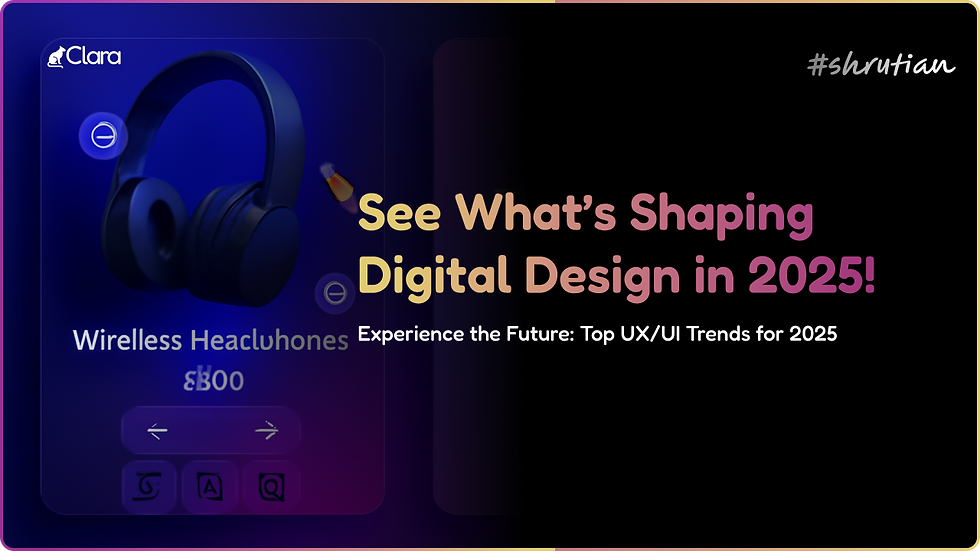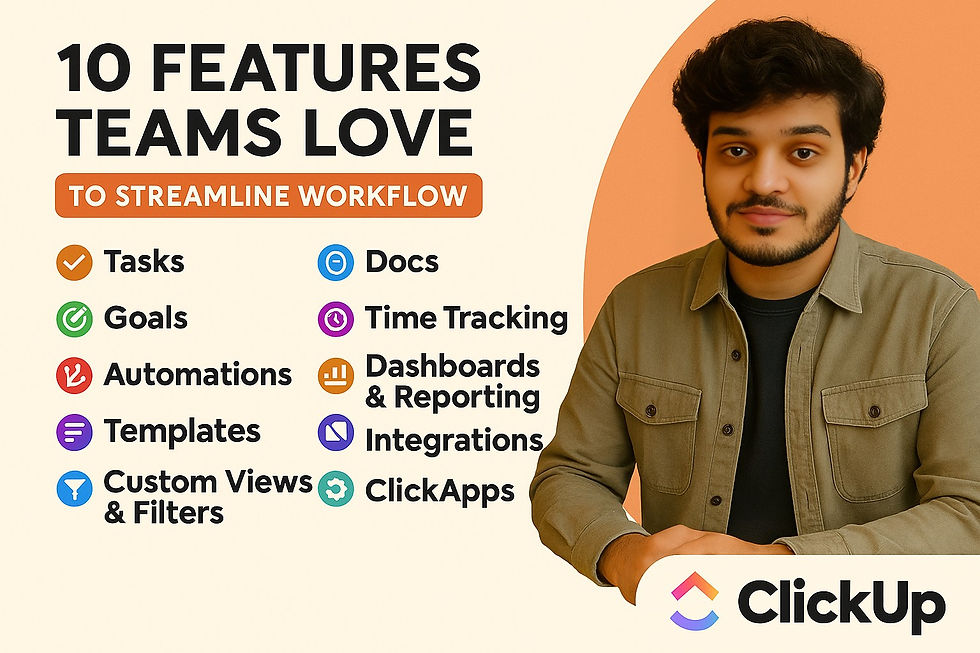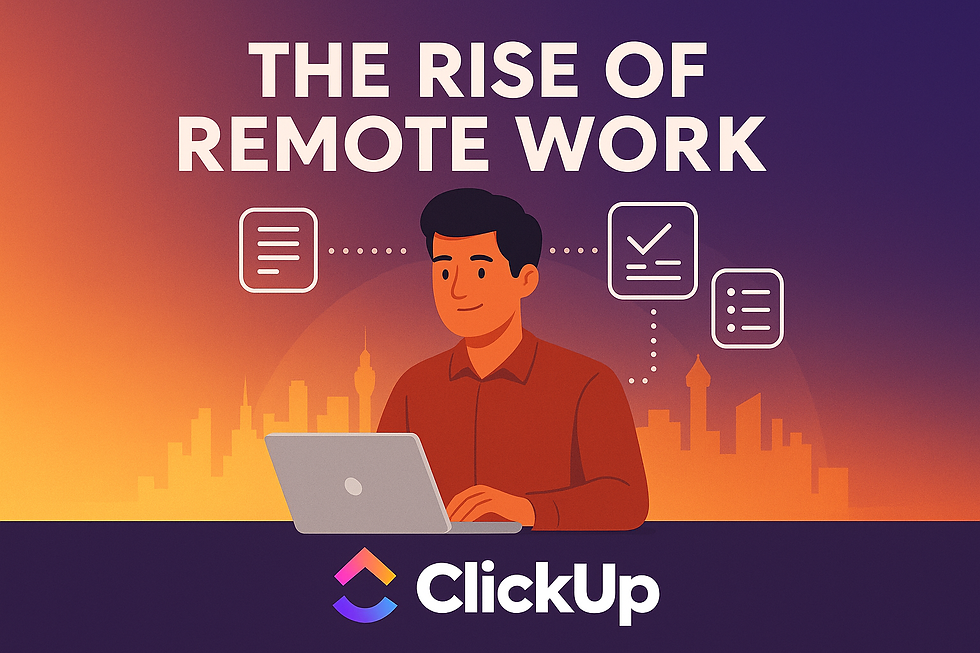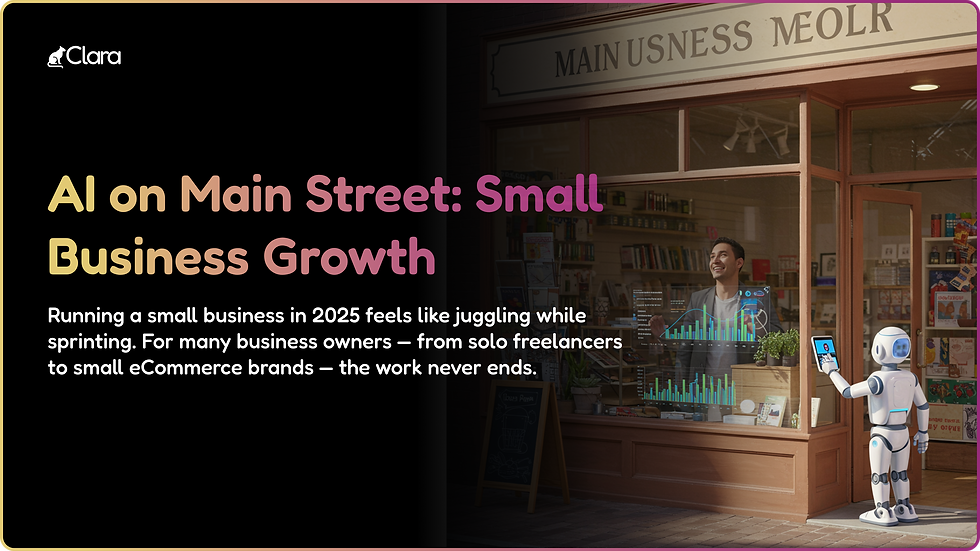- Dravya Bansal
- Jan 12, 2024
- 6 min read
Think about it: You always thought that your business efforts would bring great results. Instead, your restaurant business ended up having dissatisfied customers. Why did this happen? Perhaps, you didn’t try to find out what your customers actually want from your business.
This makes one thing clear: Collecting customer feedback for restaurants is important. Taking a proactive approach to asking customers about their experience gives you an upper hand in improving your restaurant’s services. According to the Harvard Business Review, 80% of businesses use customer satisfaction scores to analyse customer scores and improve them.
Understanding the Importance of Customer Feedback:
1. Customer-Centric Enhancement:
Objective: Prioritize the needs and preferences of customers.
Impact: Tailoring services based on feedback fosters a customer-centric approach, resulting in enhanced satisfaction and loyalty.
2. Continuous Improvement:
Objective: Identify areas for improvement in restaurant operations.
Impact: Ongoing feedback serves as a valuable tool for continuous refinement, ensuring that the restaurant adapts to changing customer expectations.
3. Reputation Management:
Objective: Uphold and enhance the restaurant’s reputation.
Impact: Positive feedback contributes to a favorable online reputation, attracting new customers and retaining existing ones.
4. Menu Optimization:
Objective: Refine and optimize the menu based on customer preferences.
Impact: Aligning the menu with customer tastes and preferences can drive sales and enhance overall dining satisfaction.
5. Service Quality Evaluation:
Objective: Assess the quality of service provided by the staff.
Impact: Customer feedback aids in evaluating the effectiveness of service delivery, enabling staff training and improvement initiatives.
Innovative Ways to Collect Customer Feedback:
1. Digital Surveys and Feedback Forms:
Method: Implement digital surveys accessible via QR codes or online forms.
Advantages: Convenience for customers and efficient data collection for comprehensive insights.
2. Interactive Tabletop Technology:
Method: Integrate interactive tablets on tabletops for real-time feedback.
Advantages: Immediate input from customers, enhancing the dining experience.
3. Social Media Engagement:
Method: Actively engage with customers on social media platforms for feedback.
Advantages: Leverage the power of social media for public feedback and community building.
4. Mystery Shopper Programs:
Method: Deploy mystery shoppers to provide unbiased assessments.
Advantages: Uncover blind spots and receive authentic evaluations of the customer experience.
5. Incentivized Feedback Programs:
Method: Offer incentives, such as discounts or freebies, in exchange for feedback.
Advantages: Encourage participation and gather valuable insights.
6. Post-Visit Email Surveys:
Method: Send post-visit email surveys to capture feedback.
Advantages: Non-intrusive method for obtaining detailed feedback.
7. Mobile Apps and Loyalty Programs:
Method: Integrate feedback mechanisms into mobile apps and loyalty programs.
Advantages: Seamless feedback integration within platforms customers frequently use.
8. Trend Analysis Tools:
Method: Utilize trend analysis tools to identify recurring themes in feedback.
Advantages: Extract actionable insights by recognizing patterns and trends.
What is Customer Feedback?
Customer feedback is information or opinions that customers share with you about their experience with your products or services. The primary goal behind collecting customer feedback is to understand the core strengths and weaknesses of a business and take required measures at the earliest to improve customer experiences.
Feedback can be either direct or indirect. For example, Customers can talk about a business without using their name. Or they can leave positive or negative feedback on a business website. The end goal is to guide improvement and bring positive changes to any business.
Importance of Customer Feedback
As a restaurant owner, there may be multiple areas for improvement – Menu, service, food preparation, taste, and more. Perhaps, you will want to get everything right and delight your customers. With customer feedback, you can identify the good and bad sides of your restaurant and make adjustments accordingly.
Here is why collecting customer feedback is important for restaurants:
1. Helps you find areas for improvements:
Picture this: You opened your restaurant after months of extensive brainstorming and research, and already had an idea about consumer needs and preferences. Yet, some customers speak about their negative experiences. Indeed, it is disheartening. But these negative experiences help you improve your services.
For instance, if customers consistently mention bad taste in a particular dish, you can review the dish internally again and make the changes.
2. Helps you improve your online reputation:
Feedback and online reputation go hand in hand. How? Customers have become more vocal about their opinions today. One bad experience and they will post it straight to social media platforms. It can hinder your brand’s reputation in seconds and may even lead to a loss in sales.
So, focusing on customer satisfaction becomes important. It’s an essential metric to identify customer issues and solve them to improve brand loyalty and trust. If a restaurant has ways of understanding customer dissatisfaction, its retention rate and reputation will improve at a fast pace.
3. Helps you learn more about your customers:
The best part about collecting customer feedback for restaurants is the team can understand customer needs and preferences on a deeper level. And once you start understanding more about them, you can easily create memorable dining experiences for them.
Customers already want businesses to treat them like valuable members. When they feel valued, heard, and appreciated, they are more likely to be loyal to your business.
4. Improves business decisions:
Customer feedback highlights where your restaurant might be falling short of customer expectations. You can easily gather and analyse this data and look into the insights. Analysing real-time data helps you identify certain patterns and preferences.
Critical analysis helps you address issues before they escalate. Moreover, this analysis lets you prioritise issues based on feedback i.e., you can focus on prioritising the most critical areas first.
4 Automated Ways to Collect Customer Feedback for Your Restaurant
Customer feedback can be a game changer for your brand, but only if you know how to leverage it properly. Here are the 4 best ways to collect customer feedback for your restaurant.
1. Reach Customers through Email & SMS
Unlike traditional methods, you don’t have to wait for customers to visit your restaurant anymore.
Email & SMS are the easiest & seamless ways to collect customer feedback. Because the majority of the customers are actively using these channels. You can use this opportunity to maximise interactions and collect feedback.
Before you send the restaurant customer feedback form to them, make sure the questions are relevant and personalised. Well, let’s agree – No one enjoys the old and boring feedback forms anymore. Leveraging a good restaurant feedback system like dravyafolio’s CRM can make this process seamless and allow customers to enjoy the process.
2. Leverage Social Media
No business can cease to exist without social media. While many platforms have been used for marketing and content creation, they can also be used for collecting feedback.
Social media channels like Instagram, LinkedIn, and Twitter act as great online feedback platforms. For example, if your restaurant business has a strong presence on Instagram, collect feedback effectively through the following ways:
Monitoring social media mentions and hashtags
Run online polls and surveys
Engage in interactive conversations
Encourage user-generated content
Social media channels can be consistently used as online feedback platforms. Make sure to keep creating content and actively engage with your audience.
3. Use Loyalty Program Integration
Customers are often disinterested in filling out a feedback form. Either the staff is unaware of how to persuade them or customers are lazy enough to fill out the form.
Here’s one solution to this problem – Loyalty program integration. Rewards and discounts are a way to customers’ hearts. Tell your customers they will earn exclusive rewards and prizes if they fill out a feedback form, they will happily do it. The excitement to earn rewards from their favourite brands is unmatched.
It will make them feel special and also improve customer engagement. However, to leverage this, you need to design a seamless and interactive loyalty program. Indeed, building it isn’t easy. That’s why, we suggest you understand tips to build a successful loyalty program.
4. Use Feedback Collection Tools
It is difficult to create, distribute, and gather feedback data in real-time. So, that’s where customer feedback tools come to the rescue. These tools analyse feedback and give real-time insights to help you make better decisions.
You can customise the feedback surveys created through these tools and measure customer satisfaction levels. Additionally, it’s easier to find out customers’ opinions on your restaurant services and improve their experience as per their feedback.
Final Thoughts
Collecting customer feedback for restaurants has become a necessity for restaurants. It acts as a guide to improve customer experience and build brand loyalty. Without feedback, you will not be able to make the necessary changes in your business. And this may lead to a loss in customers. You can use these 3 ways mentioned in the blog to collect feedback seamlessly and without any hassle.
Do you want to say goodbye to boring customer feedback surveys and boost your feedback game? If yes, sign up at BBP for free and provide an incredible dining experience to your customers.






